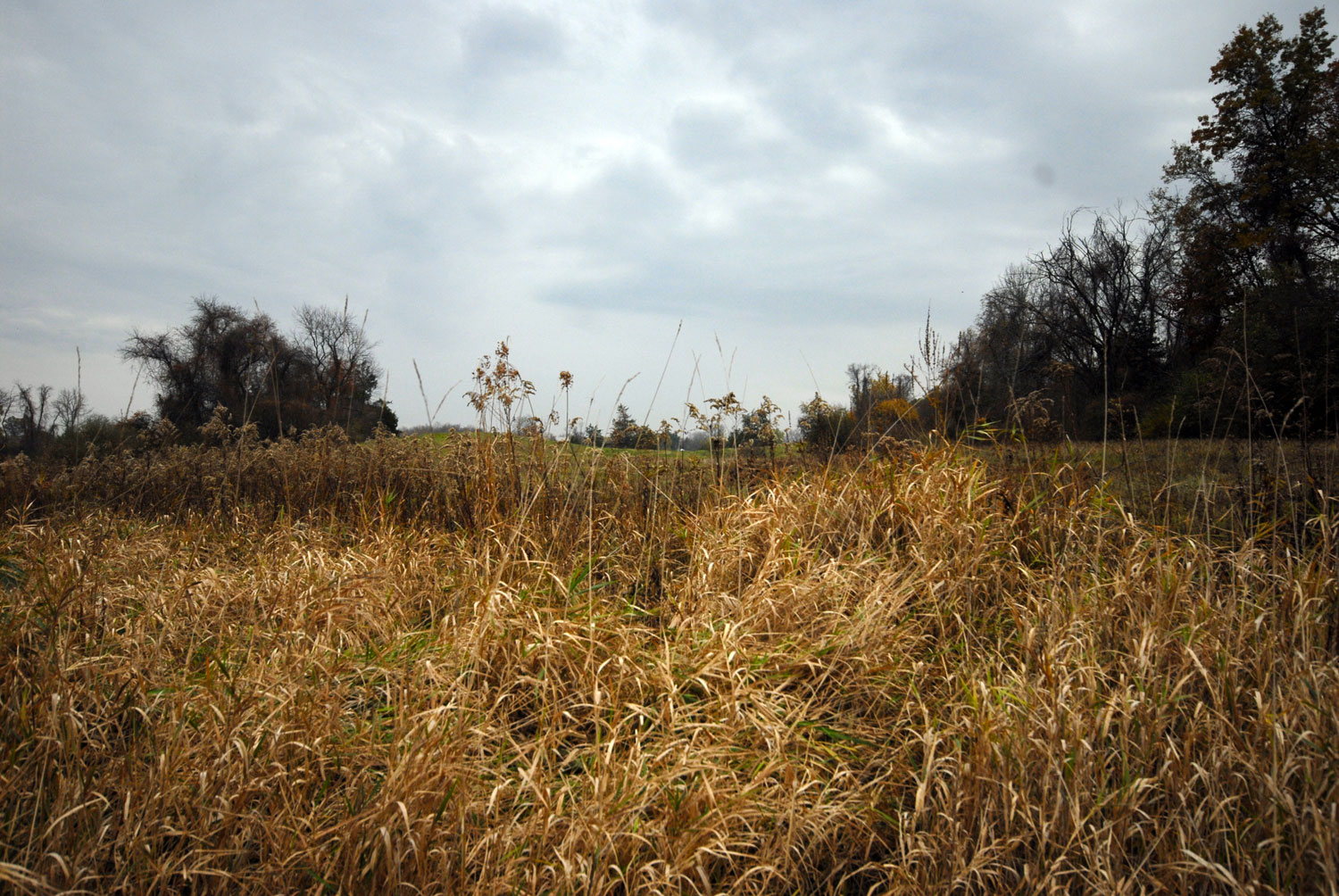CLAUDIO BEORCHIA, 2016
www.claudiobeorchia.it
My time at Residency 108 focused on the new environment that welcomed me in Germantown. Huge unexpected landscapes and different plants and animals from Europe, gave me a wonderful opportunity to develop new projects. “The gaze of the nymphs” is a photographic project that offers a new point of view of the local landscape.
What struck me immediately, from the first days is that this land is a sort of middle ground, where harmonious coexistence between humans and the environment is somehow possible. The human presence is evident, but not overwhelming; cultivated fields alternate with impenetrable forests; encounters with wild animals are the order of the day. Above all, I was struck by the constant presence of water: streams, the great river nearby, artificial and natural little lakes, ponds, wells. At the base of this coexistence was the presence of water. How to represent this coexistence? By using the particular point of view of the nymphs, half deity par excellence, associated with natural places, often specifically to water. I decided to represent what the nymphs see of this land. The project was carried out by mapping bodies of water on the land: the well, the ponds, the swimming pool. Then, assuming the presence of nymphs, I took photos imagining the point of view of these divine creatures intrigued by the presence of humans. In this way I obtained a series of 10 photos that offer a new perspective of the landscape. The photos were taken on the edge of the water points, at a height of about half a meter from the ground. The painting “Hylas with a Nymph,” by Waterhouse (1893), represents perfectly the spirit of how I took the photos.
“Setting foot in a new land” is a research project that was born in Residency 108 out of necessity: the need to place and measure myself in a new land, where I perceive myself to be out of scale. In Italy we have almost a cliché answer for the question “How is America?”: “All is big”. Behind this vernacular and popular response, however, there is an objective challenge to space and place oneself in a new context. The spaces, the distances, the size is not what we’re used to. Of course, it is a cultural problem, but, before that, it is a body issue. How we relate to a new context? How we measure what we discover for the first time? How our body moves within a new environment?
These questions led me to reflect on a device used in the field of archeology and natural sciences: the archaeological scale. When an archaeologist discovers a relic, or a paleontologist discovers an important fossil, he takes a photo documenting it. Often in the photographs there is an object alongside: the archaeological scale. These scales can have different forms depending on the scope of use, but all are characterized by a checkered texture or striped pattern, usually black and white, they work somewhat like a ruler. Their primary function is to tell us how big the find is, where it is, how it is oriented....But what is interesting for me is that this scale establishes the first relationship between us and an object. When we discover something we put it alongside something familiar, something we have objective knowledge of, something that would allow this object to enter into our world...as if knowledge can only come through the relationship between things.
During the residency, as a naive archaeologist, I created a personal kit of scales. These helped me approach and relate to this environment that I feel outsized by. I’ve dimensioned the scales according to my body, keeping in mind the Imperial Units System still used in the United States. This system is related to the human body: “feet”, “miles” (from the latin “mille”, 1000 steps distance in the Roman Empire); “inches” (in Italian we translate to “pollice”, “thumb”). I made several objects for my scales. The ones I prefer are a banner and a little stick. The banner measures 6' x 2' (roughly the size of my body viewed from the front); the stick has the measurement of my index finger (the choice is not accidental, this word is of course semantically dense). This is a new project inspired by the place. I am still thinking about the best way to configure and express it.





